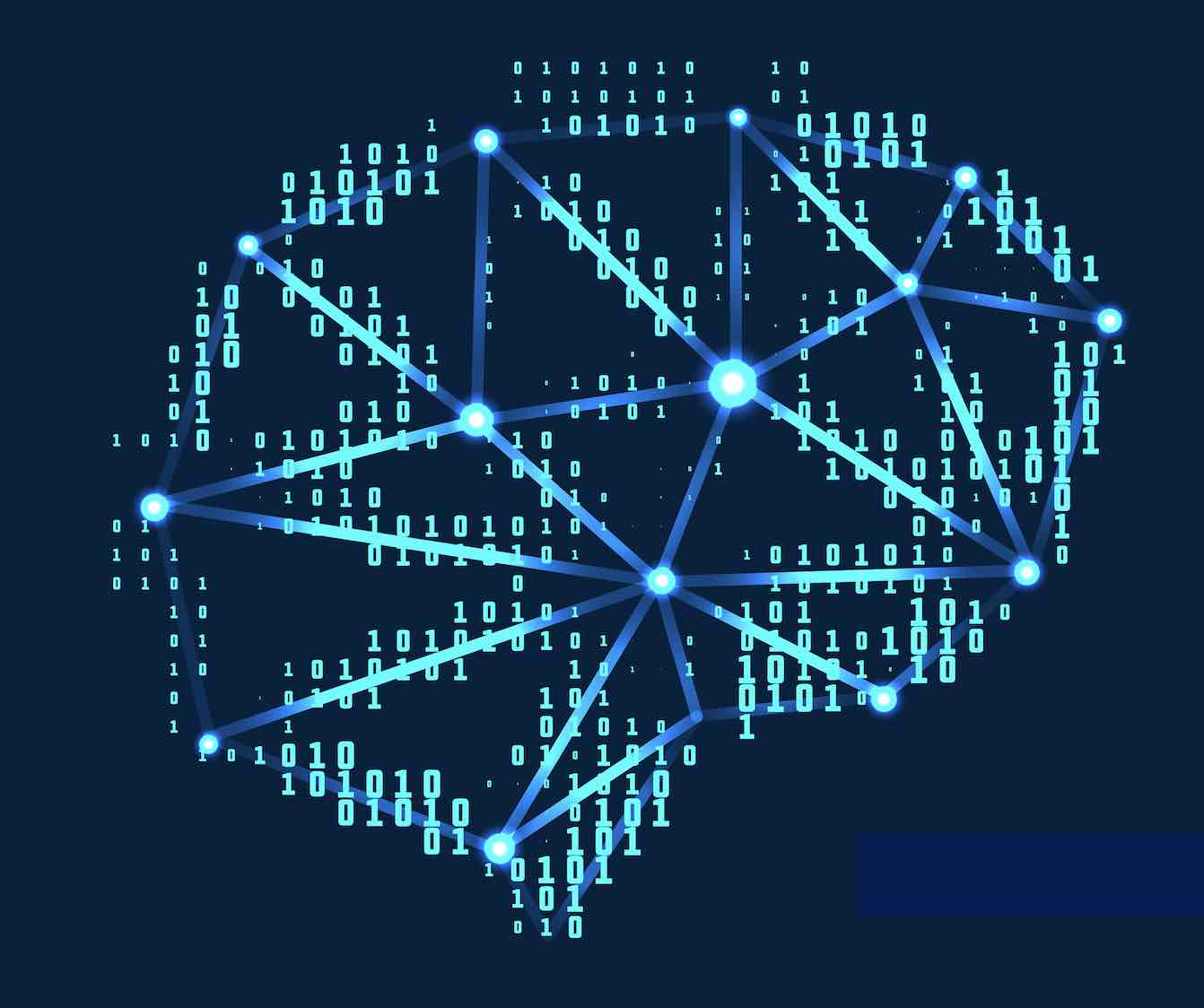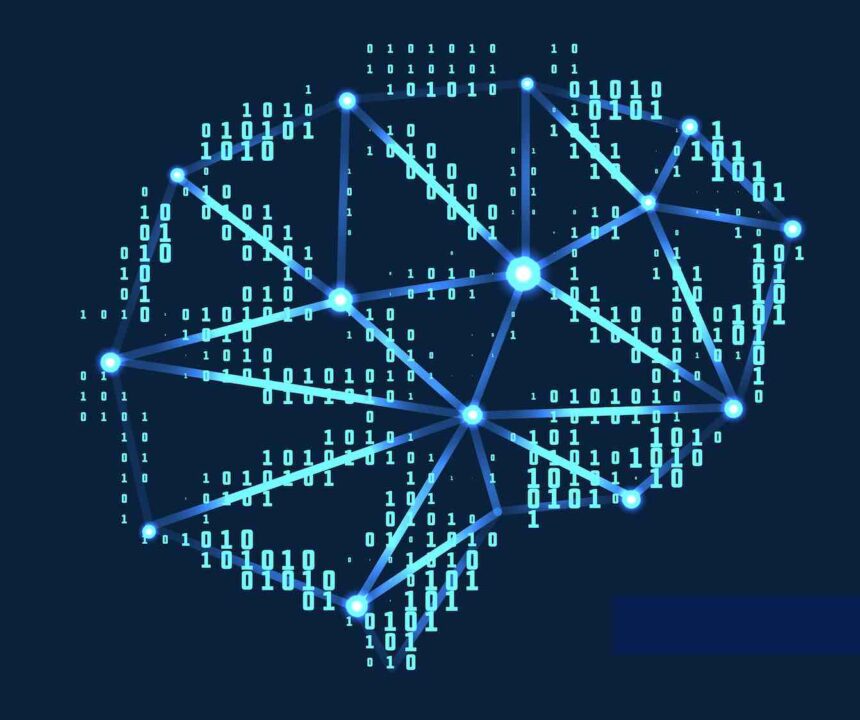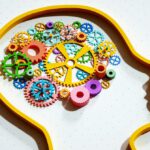
Introduction
Artificial intelligence (AI) and machine learning (ML) have dominated technological development prospects over the past decade. Technology has certainly progressed since Alan Turing introduced AI and since Deep Blue played Garry Kasparov. But how close are they to simulating how the human brain really works and to creating intelligent machines modeled on human brain intelligence?
The AiHBrain model can be used to simulate or get close to how human brain works. The key components of this architecture will be problem formalization component, critic component, historical databases, planning component, parallel execution component, and scheduling component. This is possible using DCNN (Deep Cognitive Neural Network.), while we are ways away from it enablement of general AI is getting one step closer to this model.
Table of contents
Also Read: What is Deep Learning? Is it the Same as AI?
Yes we can.
For those who are new to the field, artificial intelligence is simply the simulation of human intelligence by intelligent machines, most often in the form of computer systems. Machine learning (ML) is an integral part of artificial intelligence. This type of learning allows computers to become ever more accurate at predicting the correct outcome of a query without the need for human help.
But how close is artificial intelligence to simulating the human brain? Can technology truly simulate how humans act, how they learn, and how they process information? The answer is yes. Scientists at several universities in the U.S. and abroad have developed neuromorphic computing models. These discoveries open the door to the application of brain function principles to artificial intelligence applications. These achievements have been made possible in part by brain-computer interface technology.
AiHBrain: A Novel Artificial Brain-Alike Automatic Machine Learning Framework
Creating ML models based on human intelligence could strengthen the ability of intelligent machines to analyze objects and ideas and apply reasoning. By imitating the way neuronal cells work, these new ML models can overcome current challenges.
Researchers believe that simulating human brain intelligence will transform the way deep learning models are developed and artificial intelligence is trained. Current ML models remain limited by the amount of training required for them. Some produce inconsistent results, whereas the output of others can be difficult to interpret because of one-dimensional programming.
Intelligent systems based on the inner workings of the human mind could overcome those challenges. Innovation and application are already becoming obvious in products like self-driving cars. Future development options of the technology include autonomous weapons as a potential application besides other types of intelligent machines.
High-Level AiHBrain Model
The AiHBrain model applies three basic layers: data input, processing, and data output.
The data input layer refers to all sources and channels from which the model receives data. The data processing layer then applies several human-like intelligent approaches, including selecting or creating the most appropriate model for the planned analysis. The technology takes into account any existing knowledge-based systems and historical data like humans would. It may also adapt existing algorithms to suit the new task. Finally, the data output layer showcases the findings produced during the previous stage.
AiHBrain has access to a data archive, pre-existing knowledge, and a range of ML models from which to choose. It is also equipped with the capability to select the most suitable tool for a given problem. This skill is comparable with a person using human intelligence to select the right tool from a toolbox.
AiHBrain Fundamental Architecture
To adapt to previously unknown and untrained problems, it AiHBrain model relies on a more detailed architecture than what could be explained by three layers. Its infrastructure consists of several components which we will consider here in more detail.
Problem Formalization Component
The problem formalization component is critical for the data input stage.
At this time, mixed data from different sources is put into context by additional real-world data from the system’s meta-world container. One way to think of the meta-world container is to imagine it as the model’s history component. Lastly, the input is combined with a task objective. Those three components hold all the information needed for a complete analysis. If either of them is missing or incomplete, the output may be compromised.
The Critic Component
The critic component is another qualifier. It consists of two parts: the data enhancer adds previously existing information to complement the new input. It also applies qualifications and puts constraints on the new data.
The second part of the critic component is a generator of requirements that need to be met by the intermediate data output.
Historical Database
When faced with a new situation, humans use their existing knowledge and previous experiences to find a solution to a novel problem. This ability allows humans to find a solution for virtually any given situation. It is one of the defining features that separates the human mind from artificial intelligence.
To replicate this capability, the AiHBrain model divides its history database into two parts: actual history and world knowledge. History refers to previously acquired experiences in the form of data input, processing, and data output. Access to this type of database allows intelligent systems to recognize an earlier problem and quickly access the existing solution.
Part two refers to world knowledge, also known as common sense drawn from abstract knowledge or stored resources.
The Planner Component
The planner component is responsible for processing flow. This component considers common sense, task objective, and any similarities to previous problems. Based on its findings, the planner component suggests a series of steps to resolve the issue at hand.
The Parallel Executor
Even the best plan is only as good as its execution. Following the steps prescribed in the step above, the executor then schedules tasks, builds models, and chooses the required infrastructure. To make this happen, the executor may build new models or combine already existing mathematical models into new ones. In addition, the executor is responsible for triggering threads in a logical order.
Tasks are not necessarily completed in sequence. Instead, to increase processing efficiency, the executor partitions individual tasks and schedules them to be processed simultaneously, wherever possible.
The Module Scheduler
A simple way of imagining the parallel executor and the module scheduler is to think of generals and their soldiers. Generals devise battle plans and give commands that soldiers (or lower military ranks) then execute.
The module scheduler takes the threads – or tasks – sent by the executor and lays out a schedule for the solution’s realization. By assigning different resources to different threads, several tasks can be taken care of at the same time.
The Selector Component
The selector component is right at the heart of the AiHBrain model. This is the part that selects the ML model which will be applied to the data depending on the initial problem or question that was asked.
To choose the most suitable option, the selector has several options:
- Finding a previously used solution in the AiHBrain’s history. The model can be used as it is, or it can be further optimized and trained.
- The research knowledge library may also yield an adequate solution derived from published papers and other sources. Once again. This can be fine-tuned and adjusted further.
- The selector could also decide that a new tool needs to be built from scratch.
- Lastly, in some cases, a combination of existing models might yield the best solution.
To choose the best option, the selector component analyzes all available options before making a decision.
The Orchestrator Component
Four parts make up the orchestrator component: model selector, problem qualifier, planner, and parallel executor. Between those four sub-components, the AiHBrain model framework can use supervised and unsupervised learning, deploy search algorithms, use reinforcement learning, or choose a combination of those approaches.
Interpretations
Interpretations of the framework are centered on three main queries.
- Does the framework have enough capacity to deal with a huge variety of applications?
- Can the framework proceed quickly or does it “hesitate”?
- Can the framework produce accurate results?
Here are our findings to date.
Flexibility and Adaptability
The AiHBrain model stands out among other existing frameworks because of its capability to handle several issues at once and its human language processing capacity. It is also highly adaptable and extendable for newly emerging issues.
Fast Convergence
Because of its ability to put ML models into context, the AiHBrain beats other frameworks when it comes to execution time. Its speed hold extreme potential for future development, innovation, and application.
Accuracy
The AiHBrain model produces more accurate outcomes than other frameworks because of its ability to add historical data and world experience to problems. It performs better at tasks involving human language and natural language processing.
In addition, several optimization stages and techniques provide it with the opportunity to support ensemble learning.
Availability and Scalability
Scalability is a key requirement for any ML framework. Already, numerous channels are sending data to the framework, and we can expect both the number of channels and the amount of data to increase as artificial intelligence applications develop.
To accommodate the demand for scalability, the AiHBrain model will process the data as a subscriber whilst the inputs function as publishers.
Empirical Results
The progression of current ML applications, including deep learning algorithms, is being hindered by computational cost, high latency, and sheer power consumption. In theory, increasing data flow will require more powerful hardware. This trajectory is not sustainable. By applying human brain intelligence and brain-computer interface technology, we can resolve those limitations.
Deep Cognitive Neural Network (DCNN)
DCNN is a relatively new deep learning model which utilizes characteristics similar to human brain intelligence. Its capability for perception, natural language processing, and reasoning makes it more suitable for neural networks.
Plus, this model can be implemented in an energy-efficient manner, enabling fast decision-making and generalization as part of long-term learning.
DCNN Fast Decision-Making
This particular DCNN has been trained using an MNIST dataset. It can make decisions 300 x faster than a comparable multi-layer perceptron (MLP) model.
DCNN Integration With the Reasoning Algorithm
Once integrated with the reasoning algorithm, the DCNN is really showing its strength. Like human brain intelligence, technology is now able to perceive and reason simultaneously. This capacity is critical for innovation and application projects such as autonomous weapons systems. But the application of brain-based principles reaches much further with some future development options still unknown.
Because of its framework based on neuromorphic computing principles, the integration also delivers speed when processing high volumes of data. That is a major improvement compared to traditional neural networks.
Also Read: Is robotics computer science or engineering?
Conclusion: AI and Machine Learning Simulate the Human Brain
Artificial intelligence is developing at an unprecedented pace. Human-brain-computer interface technology will increase the pace by driving a paradigm shift in AI training. By applying cognitive science to deep learning models, scientists can introduce human brain intelligence into any potential application.
The range of potential applications of this technology includes autonomous weapons but also the improvement of physical tools like farm tools. Innovation and application range from generalized learning to optimization. Optimization applications may become relevant for computer-based physical tools. In its potential for generalized learning, this technology is a clear departure from traditional narrow AI that is generally limited to performing one task only.
By combining cognitive science and computer science through brain-computer interface technology, scientists have brought about a true paradigm shift for knowledge-based systems. Alan Turing could only have dreamed about the future developments he set in motion. From the achievements of Deep Blue to narrow AI entering every person’s life, we are only beginning to scratch the surface of potential applications.
References
Eysenck, Michael W., and Christine Eysenck. AI vs Humans. Routledge, 2021.
Hiesinger, Peter Robin. The Self-Assembling Brain: How Neural Networks Grow Smarter. Princeton University Press, 2022.
Konar, Amit. Artificial Intelligence and Soft Computing: Behavioral and Cognitive Modeling of the Human Brain. CRC Press, 2018.
Scientist, New. Machines That Think: Everything You Need to Know about the Coming Age of Artificial Intelligence. John Murray, 2017.











